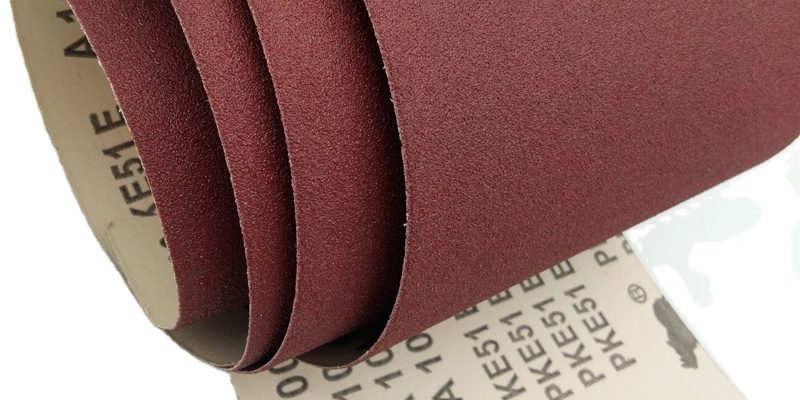Selecting the correct sandpaper roll for your project is essential for achieving the desired finish and saving both time and effort. With a plethora of options available, it can be challenging to make the right choice. In this blog, we will guide you through the process of selecting the perfect sandpaper roll for your specific project.
- Identify Your Material: Determine the material you’ll be working on. Different materials require different types of sandpaper. For example, wood, metal, and glass each have their own sanding requirements.
- Consider Grit Size: The grit size is a critical factor. Coarse grits (lower numbers) are suitable for heavy material removal or shaping, while finer grits (higher numbers) are ideal for finishing and smoothing. Choose the grit size based on the level of abrasion you need.
- Know the Types: Familiarize yourself with the types of sandpaper rolls available, such as aluminum oxide, silicon carbide, or zirconia alumina. Each type has unique properties and is suited for specific applications.
- Evaluate the Backing Material: The backing material of the sandpaper roll affects its durability and flexibility. Some backings are better suited for hand sanding, while others are designed for use with power sanding tools.
- Consider Wet vs. Dry Sanding: Certain projects may require wet sanding, especially when dealing with automotive finishes or highly polished surfaces. Ensure that the sandpaper roll you choose is suitable for the wet or dry sanding method you plan to use.
- Assess the Size and Shape: Determine the size and shape of the sandpaper roll that will work best for your project. For larger surfaces, wider rolls may be more efficient, while smaller rolls are better for detailed work.
- Read Reviews and Seek Recommendations: Don’t hesitate to read product reviews and seek recommendations from experienced professionals or DIY enthusiasts. Their insights can help you make an informed decision.
By following these steps, you can confidently select the right sandpaper roll for your project. Remember that using the correct sandpaper not only improves the quality of your work but also extends the life of your tools and saves you time and money.










